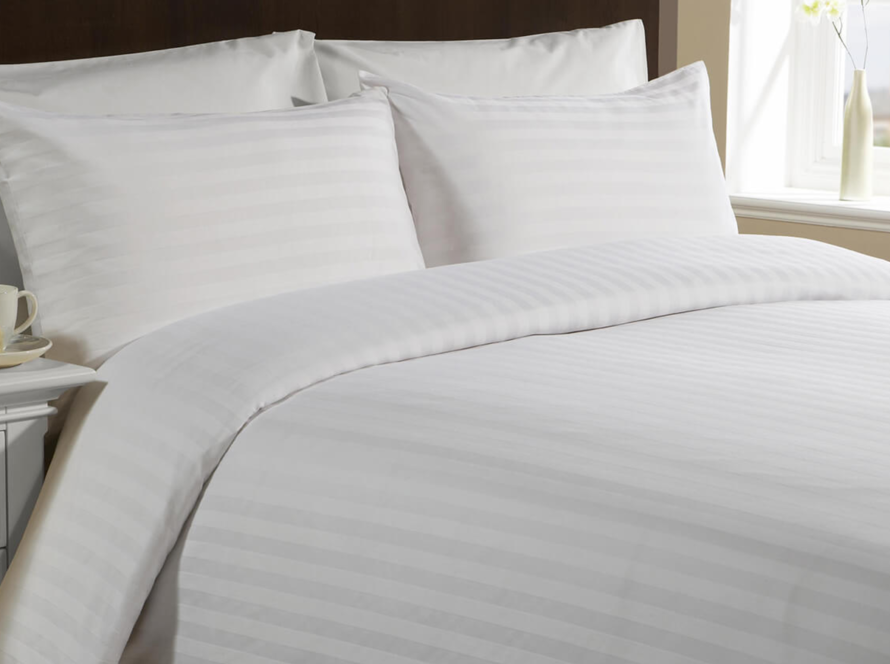The Environmental Impact of Textile Manufacturing
Textile manufacturing is a resource-intensive process that has significant environmental implications. The industry is known for its heavy use of water, particularly in the dyeing and finishing stages. For instance, it can take up to 2,700 liters of water to produce a single cotton t-shirt. In addition to water consumption, the industry is a major contributor to water pollution due to the discharge of untreated dyes and chemicals into rivers and streams.
The use of synthetic fibers, such as polyester, also poses environmental challenges. These materials are derived from fossil fuels and are non-biodegradable, contributing to microplastic pollution in oceans. Furthermore, the energy-intensive processes involved in producing synthetic fibers lead to high carbon emissions, exacerbating climate change.
Waste is another critical issue in textile manufacturing. Fast fashion trends have led to a culture of disposable clothing, with vast amounts of textile waste ending up in landfills each year. The environmental cost of this waste is significant, as many textiles do not decompose quickly and can release harmful chemicals as they break down.
Sustainable Practices in Textile Manufacturing
To address these environmental challenges, the textile industry is increasingly adopting sustainable practices. These practices not only help reduce the industry’s ecological footprint but also meet the growing consumer demand for eco-friendly products.
Use of Organic and Sustainable Fibers: Organic cotton, bamboo, hemp, and recycled materials are becoming popular alternatives to conventional cotton and synthetic fibers. These materials require less water, fewer chemicals, and are often produced using methods that have a lower environmental impact.
Water Conservation and Wastewater Treatment: Advanced technologies such as closed-loop water systems and waterless dyeing techniques are helping to reduce water consumption in textile manufacturing. Additionally, the implementation of effective wastewater treatment systems ensures that harmful chemicals are removed before water is discharged back into the environment.
Energy Efficiency: Reducing energy consumption is a key aspect of sustainable textile manufacturing. Many manufacturers are investing in energy-efficient machinery, adopting renewable energy sources, and optimizing production processes to lower their carbon footprint.
Chemical Management: The reduction or elimination of harmful chemicals in textile production is critical for sustainability. This includes using eco-friendly dyes and finishes, as well as adhering to strict chemical management protocols to ensure that no hazardous substances are released into the environment.
Circular Economy Models: The concept of a circular economy is gaining traction in the textile industry. This involves designing products with the end of their lifecycle in mind, promoting recycling and reuse, and reducing waste. Some companies are now offering take-back programs for old garments, which are then recycled into new textiles.
Benefits of Sustainable Textile Manufacturing
The shift towards sustainable practices in textile manufacturing offers numerous benefits:
Environmental Protection: By reducing water use, lowering carbon emissions, and minimizing waste, sustainable manufacturing helps protect natural resources and reduce the industry’s impact on climate change.
Consumer Appeal: Today’s consumers are more environmentally conscious than ever before. By offering sustainable products, manufacturers can attract and retain customers who prioritize eco-friendly options.
Regulatory Compliance: As governments around the world implement stricter environmental regulations, adopting sustainable practices can help manufacturers stay compliant and avoid penalties.
Cost Savings: While the initial investment in sustainable technologies may be high, the long-term savings from reduced water, energy, and raw material use can be substantial.
Industry Reputation: Companies that lead the way in sustainability can enhance their brand reputation, positioning themselves as industry leaders and innovators.



